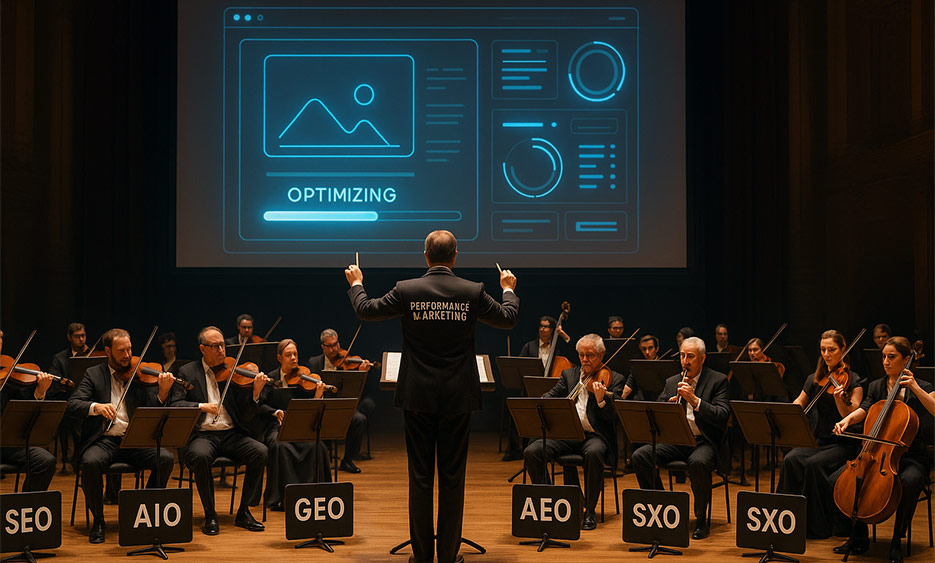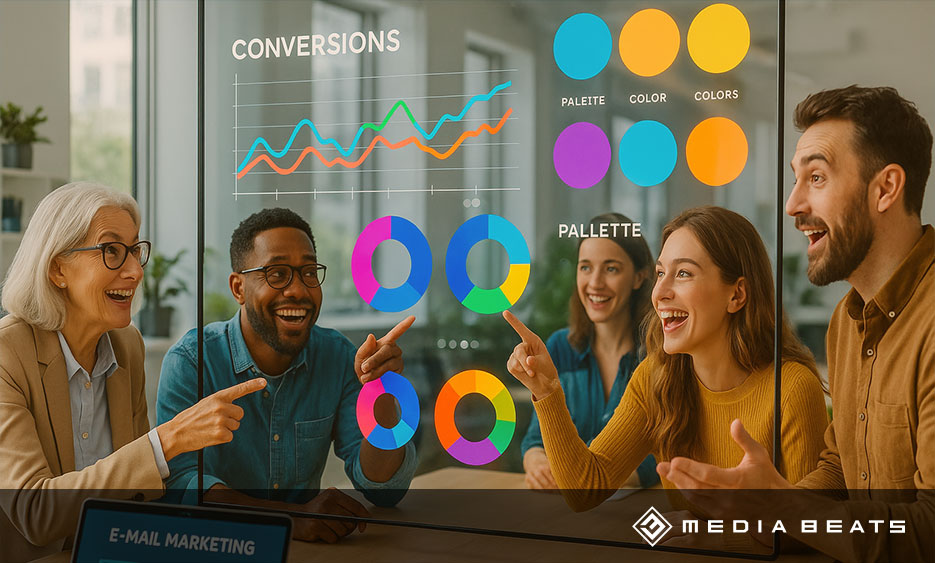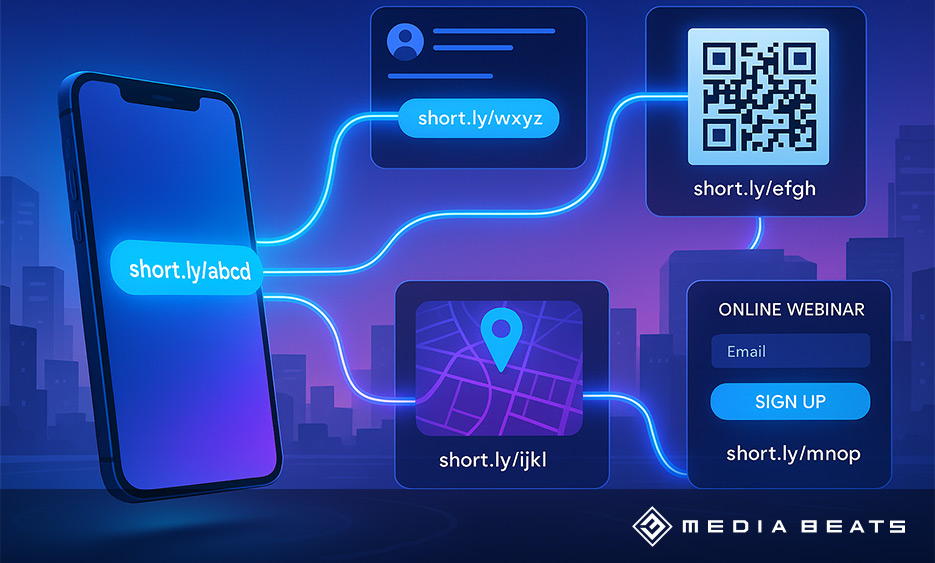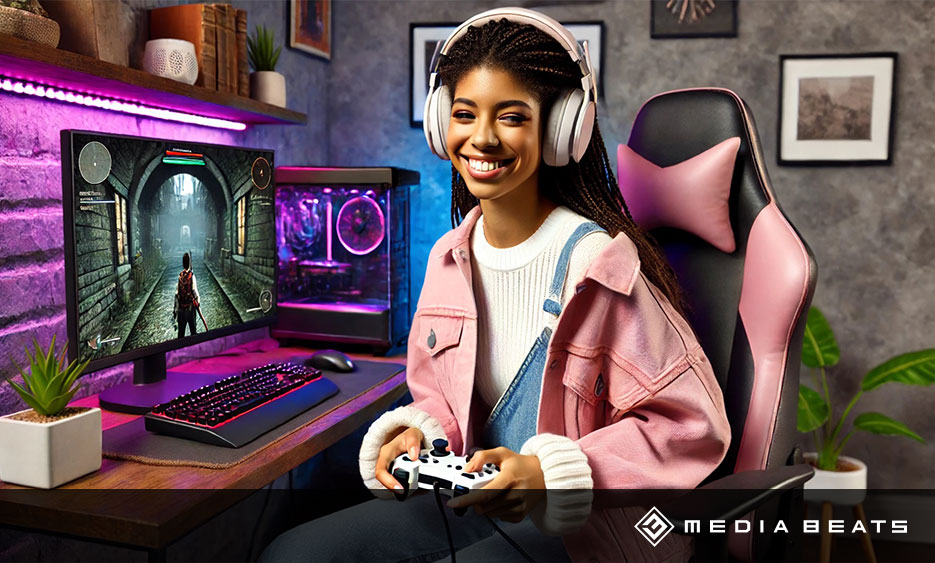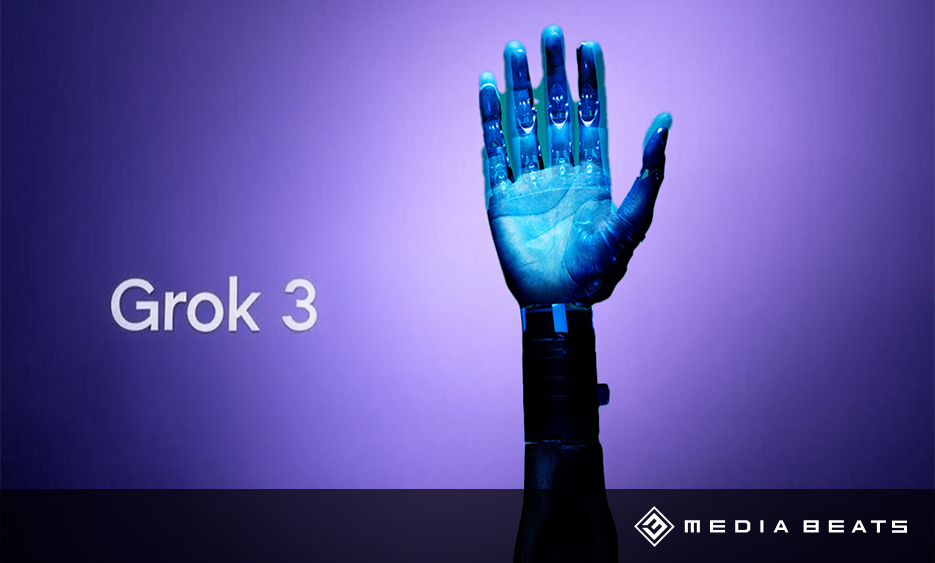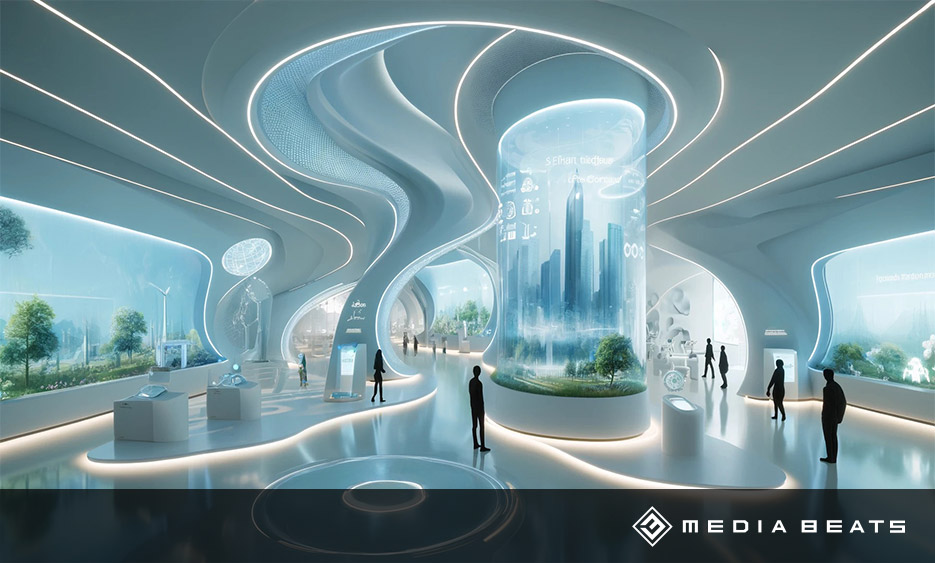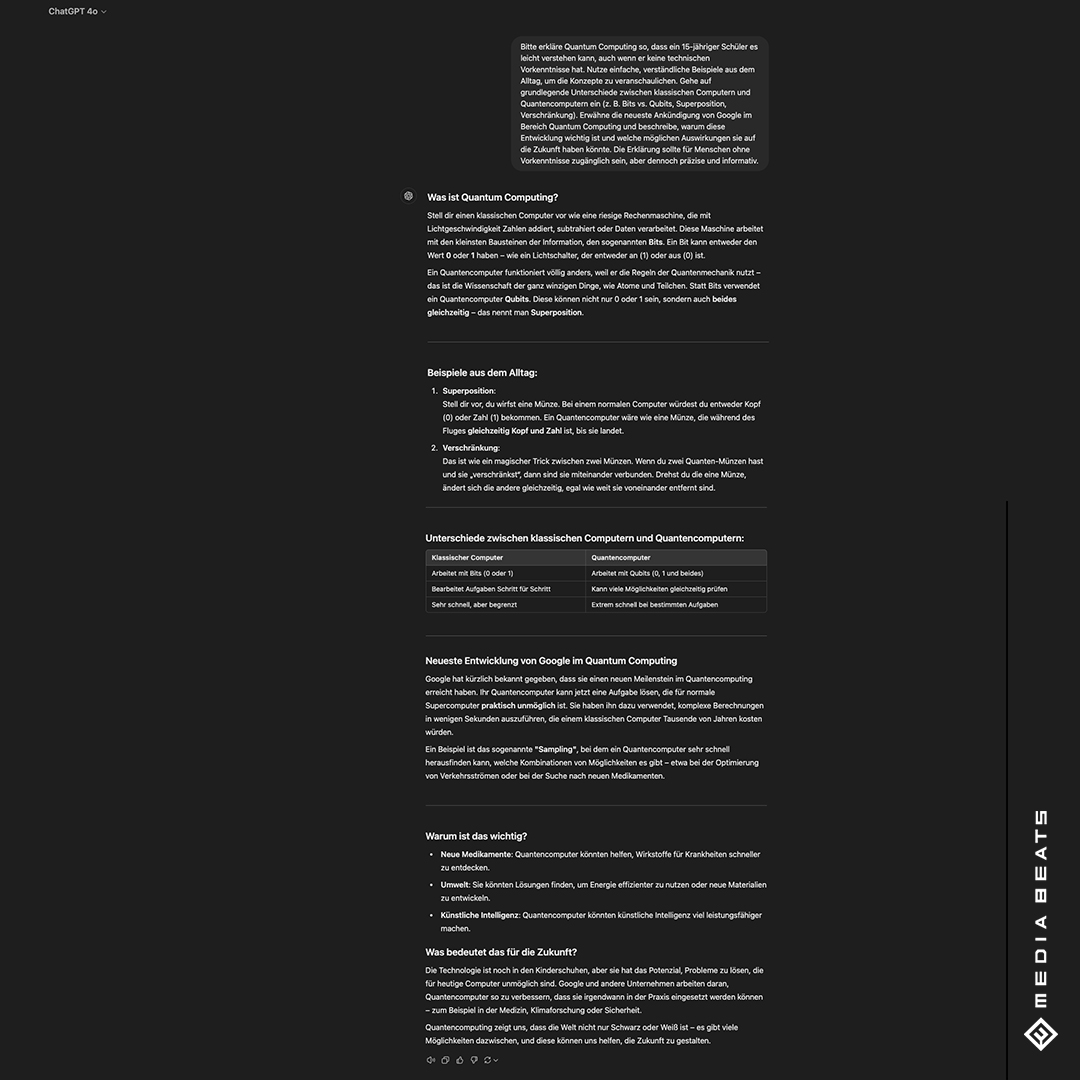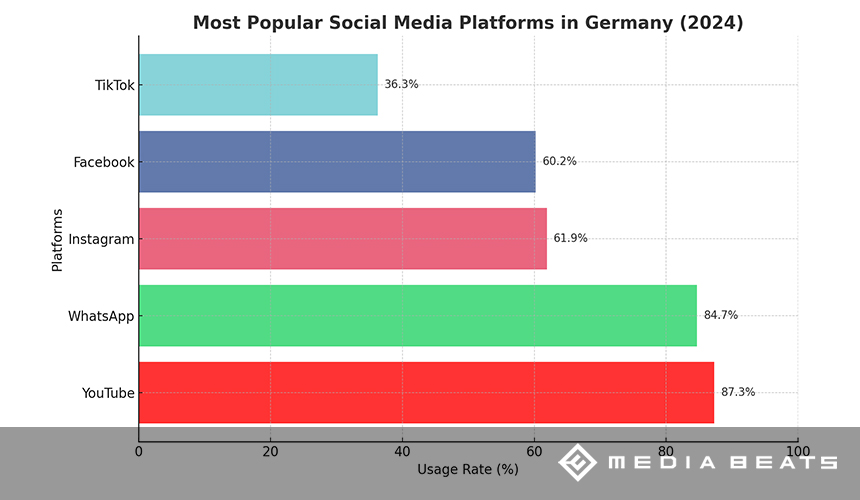
Guest posts and link exchanges: Using secure SEO effectively in 2025
Guest posts and link exchanges are among the oldest tactics in link building. But in 2025, stricter rules apply, and only professional execution will bring you sustainable success. If you want to strengthen visibility, reputation, and rankings, you need a clear strategy. Mistakes quickly lead to traffic losses, penalties, or legal risks.
In this guide, you will learn how to use guest posts and link exchanges in a legally compliant and efficient way. You will discover which opportunities are realistic, how to choose reliable partners, and how to achieve measurable results. The focus is on quality, compliance, and clear objectives instead of short-term tricks. This way, guest posts and cross-references become a solid foundation of your SEO strategy.
What are guest posts and link exchanges?
Guest posts are editorial articles that you publish on an external, thematically relevant website. They increase your reach, demonstrate your expertise, and bring you qualified referral traffic. Secondary keywords include link building, backlink acquisition, digital PR, and expert contributions.
Link exchange means that two or more websites link to each other. Occasional, content-based references can be useful, while excessive exchange patterns or manipulative rings are risky. The difference between a genuine recommendation and a manipulative pattern determines whether it is beneficial or harmful.
Why are guest posts and link exchanges important?
Guest posts and controlled link exchanges contribute directly to your visibility in search engines. They strengthen your entity profile, increase the chances of being mentioned in AI results, and build trust. Studies show that websites with organically grown links are more resilient to updates.
Du profitierst doppelt: Deine Reichweite und Reputation wachsen, während du messbaren Mehrwert erzielst – etwa durch Newsletter-Anmeldungen, Downloads oder Produktdemos. So verbindest du Content, E-mail marketing and Performance-Kanäle zu einem wirksamen Mix.
So funktioniert es in der Praxis
Themen und Formate wählen
Wähle Themen, die die Suchintention deiner Zielgruppe treffen. Geeignet sind Leitfäden, Datenanalysen, Fallstudien oder Expertenrunden. Ergänze kurze Q&A-Segmente, die sich für Featured Snippets eignen. Schreibe präzise und strukturiert.
Partner finden und qualifizieren
Prüfe die Relevanz, redaktionelle Qualität, Zielgruppe und Historie deiner Partner. Seriöse Websites kennzeichnen Kooperationen klar und setzen konsistente Link-Attribute. Meide Plattformen, die bezahlte dofollow-Links versprechen oder intransparent arbeiten.
Outreach kurz und klar
Formuliere dein Angebot mit echtem Mehrwert: Skizziere Titel, Struktur und Nutzen wie Checklisten oder Grafiken. Liegt eine Gegenleistung vor, kündige Kennzeichnung und technische Qualifizierung transparent an. Bitte um einen kurzen Abstimmungs-Call.
Content-Anforderungen für Gastbeiträge
Plane 1.500 bis 2.500 Wörter. Verwende saubere H2/H3, kurze Absätze und prägnante Antworten. Belege deine Aussagen mit Quellen. Setze Links nur, wenn sie wirklich passen, und nutze natürliche Ankertexte statt Money-Anchors.
Recht und Kennzeichnung
Kommerzielle Inhalte musst du klar als Werbung kennzeichnen. Nutze eindeutige Hinweise wie „Anzeige“ oder „bezahlte Kooperation“. Setze rel=“sponsored“ bei Gegenleistungen, rel=“ugc“ bei Community-Links and nofollow, wo es sinnvoll ist. Einheitlichkeit schafft Vertrauen.
Veröffentlichung und Messung
Zeige Autoren sichtbar, nutze Alt-Texte für Grafiken und leite deine Leser klar zur nächsten Aktion über. Miss Referral-Traffic, Branded-Search, Rankings and Leads. Beziehe Position, Attribut und Kontext der Links in deine Analyse ein.
Linktausch kontrolliert einsetzen
Verweise nur dann, wenn ein klarer inhaltlicher Bezug besteht. Meide systematische Tauschmuster. Setze stattdessen auf Co-Marketing, Digital PR and Inhalte, die natürlich zitiert werden.
Beispieltabelle: Bewertungskriterien für Gastbeiträge
| Kriterium | Beschreibung | Wichtigkeit | Risiko | Empfehlung |
|---|---|---|---|---|
| Relevanz | Thematische Passung zur Zielgruppe | Hoch | Mittel | Immer sicherstellen |
| Kennzeichnung | Eindeutige Hinweise auf Werbung | Hoch | Hoch | Transparenz wahren |
| Link-Attribut | rel="sponsored", rel="ugc" | Mittel | Mittel | Korrekt setzen |
| Content-Qualität | Struktur, Quellen, Präzision | Hoch | Mittel | Immer priorisieren |
| Outreach | Klarheit & Mehrwert im Pitch | Mittel | Niedrig | Klare Kommunikation |
Chancen und Risiken von Gastbeiträgen und Linktausch
Die Chancen liegen in größerer Reichweite, mehr Reputation, Erwähnungen in AI-Ergebnissen und wiederverwendbaren Inhalten. Risiken entstehen durch manipulative Muster, fehlende Kennzeichnung oder übermäßigen Tausch.
Kurze Fragen im Überblick
Ist Linktausch noch erlaubt?
Ja, aber nur punktuell und mit klarer Begründung.
Welche KPIs messen den Erfolg?
Referral-Traffic, Branded-Search, Rankings und Leads.
Wie kennzeichne ich richtig
Mit klaren Hinweisen wie „Anzeige“ und passenden Link-Attributen.
Zukunft von Gastbeiträgen und Linktausch
Die Zukunft liegt in redaktionell verantworteten Kooperationen mit Fokus auf starke Autorenprofile und klare Markenpräsenz. Inhalte wie Studien, Reports oder Datenanalysen werden wichtiger, da sie schwer kopierbar sind und oft zitiert werden. Disclosure und technische Qualifizierung gehören künftig selbstverständlich zum Workflow. AI-Suchsysteme bevorzugen Inhalte, die transparent, faktenbasiert und klar strukturiert sind.
Fazit:
Gastbeiträge und kontrollierter Linktausch bleiben 2025 wirksam, wenn du den Fokus auf Menschen, Qualität und Compliance legst. Entscheidend sind die Wahl seriöser Partner, klare Kennzeichnung und konsistente Umsetzung. Wenn du hochwertigen Content lieferst, deine Autorenprofile stärkst und Ergebnisse konsequent misst, schaffst du ein stabiles Fundament für Sichtbarkeit, Vertrauen und Nachfrage.
Nutze die Expertise von Media Beats, um deine SEO-Strategie zukunftssicher zu machen. Kontaktiere uns für Beratung und individuelle Lösungen.
Häufige Fragen (FAQ)
Was sind Gastbeiträge und wie wirken sie in der SEO?
Gastbeiträge sind redaktionelle Artikel auf externen Websites. Sie steigern Reichweite, stärken Expertise und können qualifizierten Referral-Traffic erzeugen. Der Link ist dabei nützlich, aber nicht das Hauptziel.
Ist Linktausch erlaubt und wann ist er riskant?
Gezielte, inhaltlich begründete Querverweise sind möglich. Exzessiver Linktausch, Ringe oder manipulative Money-Anchors gelten jedoch als riskant und können zu Abstrafungen führen.
Welche Link-Attribute setze ich: nofollow, sponsored oder ugc?
Bei Gegenleistungen empfiehlt sich rel="sponsored". Nofollow ist weiterhin zulässig. Community-Links sollten mit rel="ugc" gekennzeichnet werden. Einheitlichkeit und Nachvollziehbarkeit sind entscheidend.
Wie kennzeichne ich Sponsored Posts rechtssicher?
Kommerzielle Inhalte müssen klar erkennbar sein. Verwenden Sie eindeutige Hinweise wie „Anzeige“ oder „bezahlte Kooperation“ und qualifizieren Sie Links technisch korrekt.
Welche KPIs messen den Erfolg von Gastbeiträgen?
Relevante KPIs sind Referral-Traffic, Branded-Search, Rankings, qualifizierte Leads sowie Position und Attribut des gesetzten Links.
Was ist mit Gastbeiträgen und Linktausch gemeint?
Ein Gastbeitrag ist ein redaktioneller Beitrag auf einer passenden Fremdseite, der Reichweite, Reputation und Traffic stärkt. Linktausch beschreibt das gegenseitige Verlinken von Websites. Ob daraus Nutzen oder Risiko entsteht, hängt von der Qualität und Intention ab.

